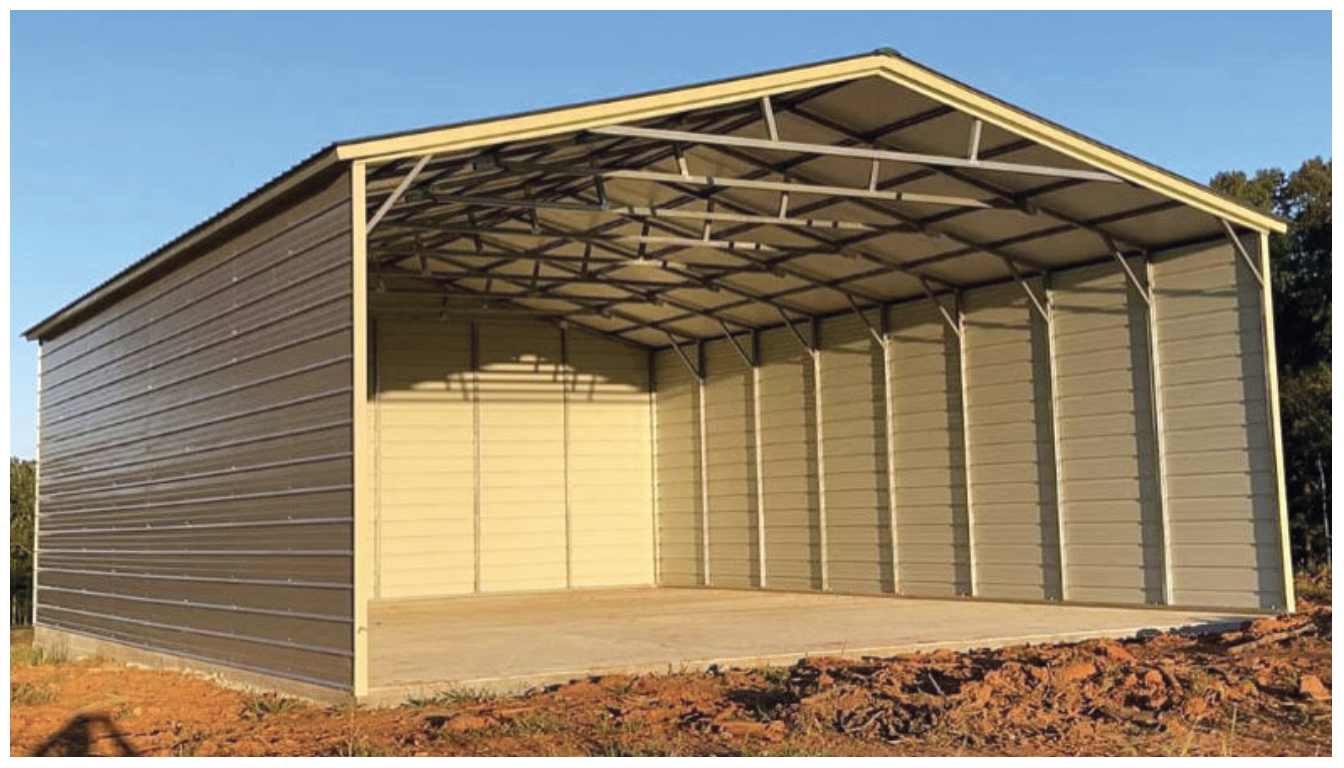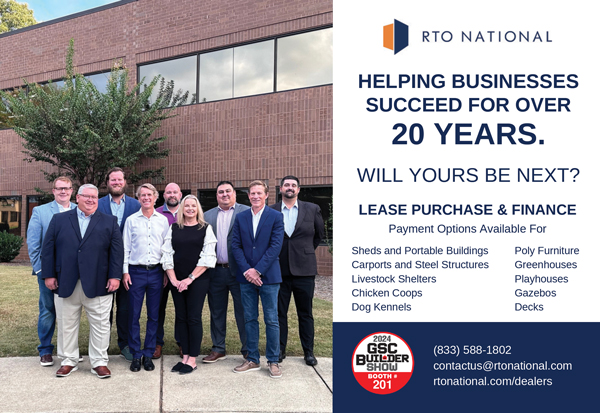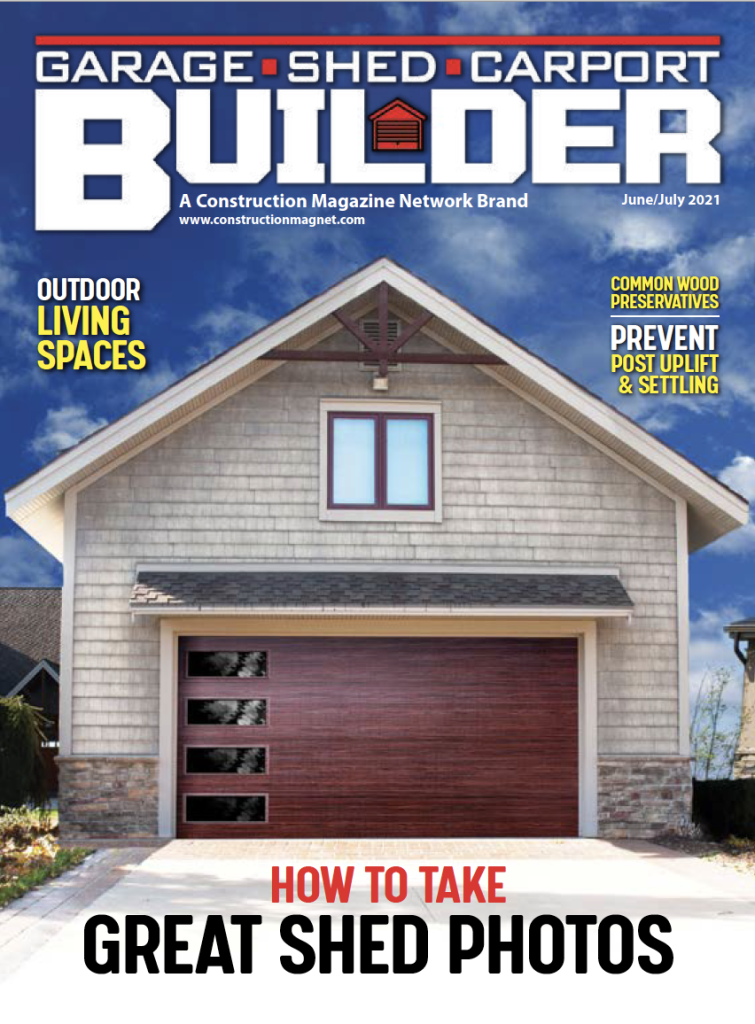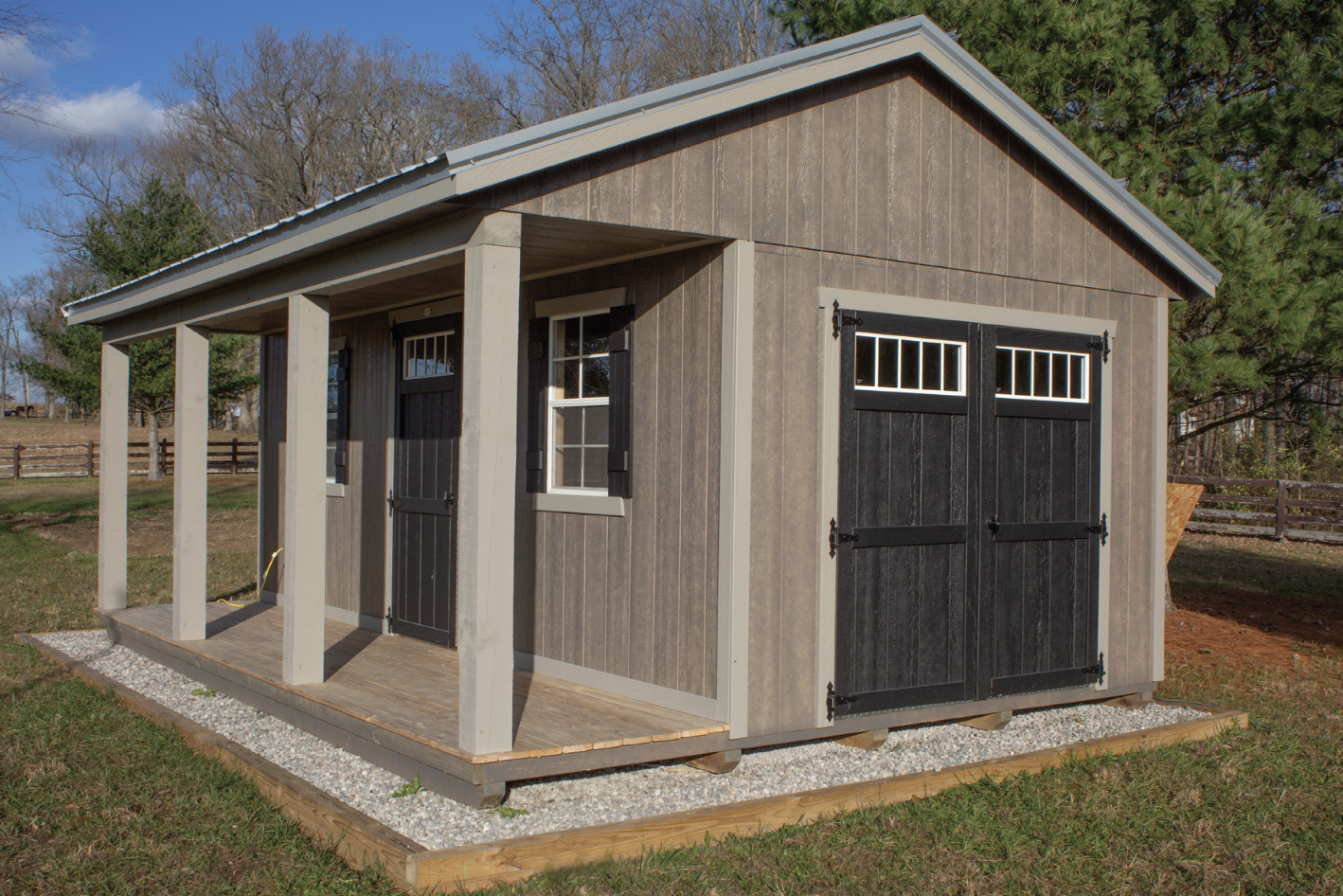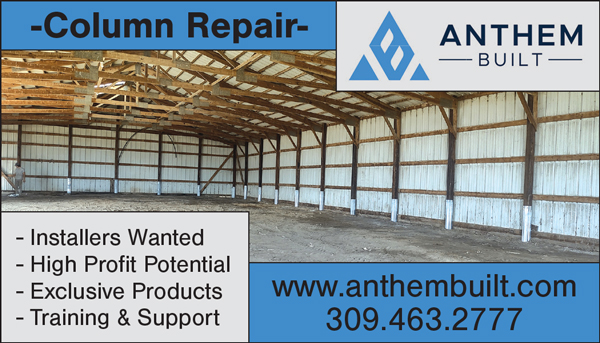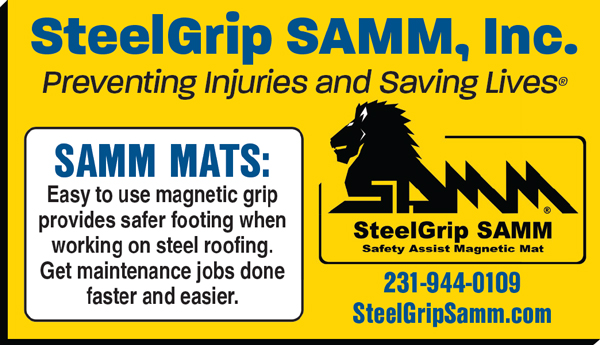Overlap Product Segments to Close More Deals
This topic is central to the underlying concept of Garage. Shed & Carport Builder magazine. The same idea is integral to our ability to launch new successful print magazines in a challenging market with little capital outlay. Basically the thought is your customers and potential customers are your key resource. Most businesses don’t recognize the scope of what they have.
The United States is the most prosperous country in the history of the world. Opinions on wealth distribution aside, even our poor are wealthy by global and historical standards. Wages go constantly upward. The proportion of corporate profits devoted to wages has remained flat, it has gone down roughly 1% but the GDP, which reflects corporate revenue, has tripled in the same time frame. So people have progressively more money which means progressively more stuff.
More stuff creates a problem. Where does that stuff go? Some people get a bigger house, but most people choose to go other routes, or at least another route first, because houses can be expensive.
So what are the solutions? Build an addition or add a garage. Build a free-standing garage or other permanent structure. Purchase a portable building. For some items in some climates, purchase a carport.
Garage, shed and carport — I have heard that somewhere. They are all small (at least relatively small) special-use residential buildings.
This is a good market to be in today. Residential construction is up relative to agricultural and commercial and has weathered the zombie apocalypse better than most industries.
The challenge is the market forces putting pressure on businesses. Labor shortages create back logs and drive up labor costs. Material costs for lumber and metal are up. Gas prices have essentially doubled in the last year. Unless builders and manufacturers raise their prices to end users, this creates a squeeze.
This was confirmed by the surveys we have been sending to our readers. Most, whether builders or dealers, reported their gross sales were up 25-50% over the same quarter in 2020. The same businesses reported their net profits were similar to 2020. More total business and the same net profits means smaller margins.
More total business and the same net profits means smaller margins.Gary Reichert
I don’t know of anyone wanting to do more work for the same compensation. Ask your crews if they will work and additional 10 hours per week for the same pay they receive now. That is the situation the business owners are in. Your reply should be the same answer as your crews. The difference is you are in a position to do something about it.
The first answer is to raise prices. People have more money so they can afford more. Part of being able to get more money is understanding your product, your market and what your product is worth. I routinely get comments from prospective advertisers saying my rates are way too high. My answer is usually, “Your competitors think it is worth it. You get what you pay for. If their product was good enough to demand higher rates, you don’t think they would charge them?” This is not the track for everyone. You need to have real demonstrable reasons you have a better product. It can be the physical product. It can be better service. Or it can be value-added options like customizing, financing or help with zoning that your competitors can’t do.
It also requires a salesman willing to turn away some customers. There are some customers that only compare on price. If you have a good product, those are customers you do not need.
If you choose to compete on price, you only have one other option: Increase your sales so far that it outpaces the decrease in your margin. Your problem is, if you knew how, you would have already done it.
Overlap Product Segments
This is where the idea of overlapping product segments comes in. There is an excellent possibility you have more resources than you know.
The way we launch new magazines is we look for a topic, in an unaddressed or under-served niche, that has approximately a 50% overlap with our existing titles. That overlap provides enough advertisers and readers to give the new magazine a start. For trade publications, the advertising is the revenue and the acquisition of readers is the expense.
The concept in solving storage problems is similar. You have the prospective customers. Do you know your closing ratio? In most industries a 50% closing ratio is reasonably good. That still means that 50% walked away. The question you need to answer: “Why?”
It is easy to say price and competitors are less expensive. It also absolves you from responsibility because you can’t control what your competitors do. Frankly, if you choose to compete only on price you deserve to lose.
The real reason you lose a sale is because you did not provide the best alternative for them to store their stuff. The obvious solution to that is to provide a wider range of solutions.
There are two aspects to this, which complement each other. Item one is to have options up and down the product chain. Many businesses that sell sheds also sell carports. If someone buys a new bass boat and needs a place to store it, it isn’t going into a portable shed. It can go into a carport, so they are a prospect. Do you think anyone wants a $50,000 bass boat being exposed to the weather? A garage would be a better option.
Or if you are a builder and the prospect comes to you for a garage. They just spent $50,000 on a boat and another $75,000 on a full garage means he gets the boat and garage and his wife everything else. But a $15,000 carport would work.
Strategic Partnerships
Which brings us to item two. It is not always possible to expand into building garages, or selling sheds or building carports. But there are businesses that already do that. Network into your local community so you have someone you know and trust to whom you can refer business. Perhaps in exchange for a commission or finder’s fee; or it could be a trade in kind arrangement where you swap leads. Having a network gives you the ability to monetize what is walking out your door or off your lot.
It also does the ethical thing. It helps your customer find the right solution for their storage problem. You probably have a sales person in your life, that you bought from, who treated you right. I know I do. I refer others to them. I go back to them. Long term, your objective should be providing solutions to your customers’ problems. If the only tool in your toolbox is a hammer, all problems look like nails.
You have more resources available than you believe if you look creatively. The most difficult puzzle piece is your prospective customer. Grow your sales by either offering a wider range of solutions or developing a referral network with non-competing businesses who offer solutions you don’t.
If all you have is a hammer and the problem isn’t a nail, you have to either walk away or satisfy yourself with beating the snot out of something with the hammer. Most customers consider that battery. GSCB
Do you have news you think should be in front of a national audience? Or do you have a suggestion for an article topic? Email your suggestions and news items to Karen Knapstein at Garage, Shed & Carport Builder magazine.


